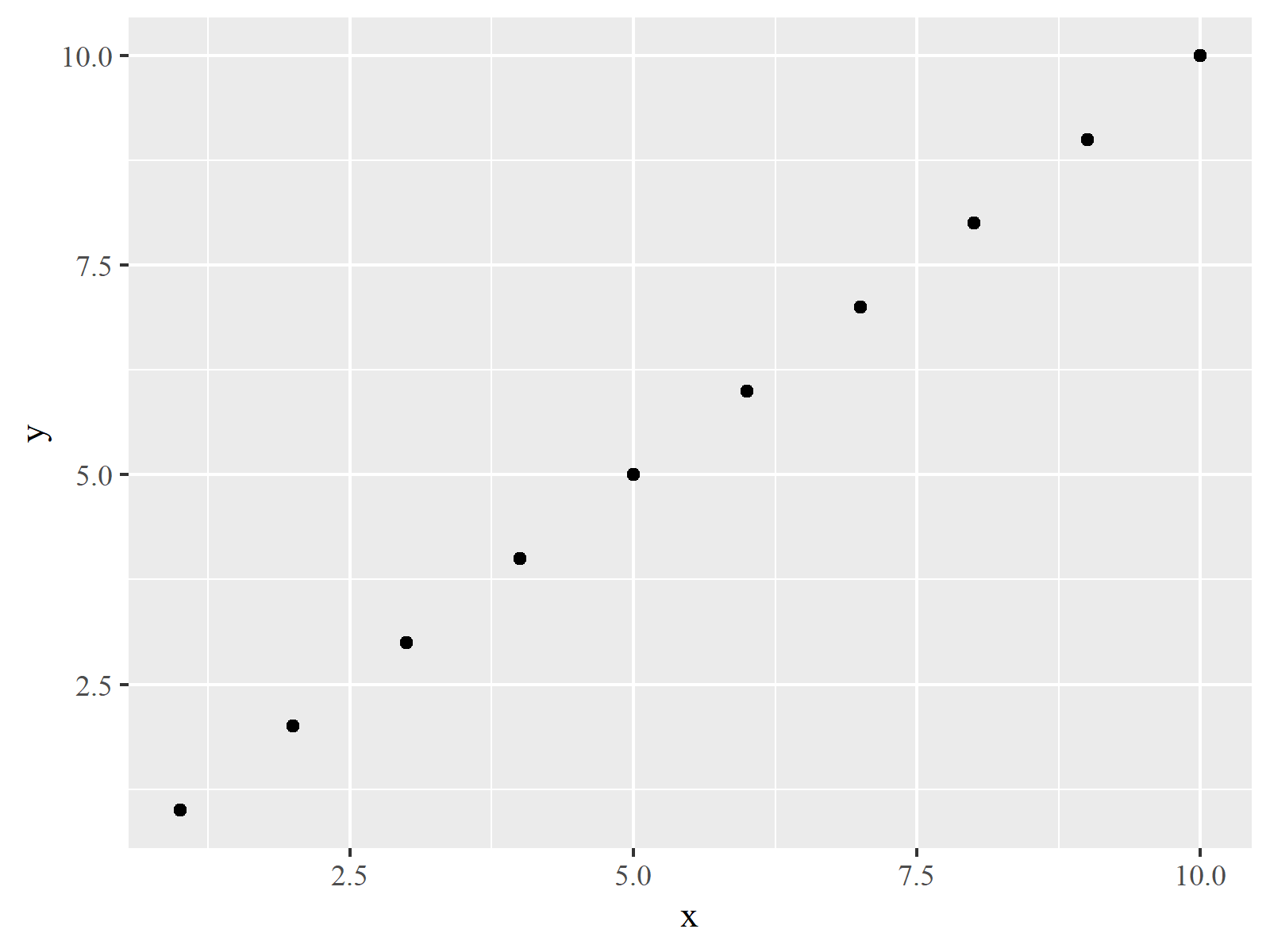
These fonts are compiled in your R file and are automatically available in Android Studio. You can access the font resources with the help of a new resource type, font. For example, to access a font resource, use @font/myfont, or R.font.myfont. We’re leaving serif fonts alone so those will stay as Georgia, Cambria, Times New Roman, Times, and then serif as a fallback. We really don't do much with serifs anyway, and we don’t want to mess with the themes that rely on them. Here’s the exact font stack we’ve specified that’ll go live on the 10th. This is a pretty old topic in R graphics. A classical article in R NEWS, Non-standard fonts in PostScript and PDF graphics, describes how to use and embed system fonts in the PDF/PostScript device. More recently, Winston Chang developed the extrafont package, which makes the procedure much easier. A useful introduction article can be found in the readme page of extrafont, and also from the. When it comes to making figures in R, you can use any font you like, as long as it's Helvetica, Times, or Courier. Using other fonts that are installed on your computer can seem an impossible task, especially if you want to save the output to PDF. Fortunately, the extrafont package makes this process much easier. With it, you can create. In 'recent' times the fonts started to carry the design feature as well. Conventional fonts, like Computer Modern, Times, Palatino, Book Antiqua, are derived from roman engraved fonts - serifs make the line end look smooth - and improved to be easy to read and not to disturb the screen when in large paragraphs.


This is a pretty old topic in R graphics.A classical article in R NEWS,Non-standard fonts in PostScript and PDF graphics,describes how to use and embed system fonts in the PDF/PostScript device.More recently, Winston Chang developedthe extrafont package, whichmakes the procedure much easier. A useful introduction article can be found in thereadme page of extrafont,and also from the Revolution blog.
Now, we have another choice: the showtext package.
showtext 0.2 has just beensubmitted to CRAN.Below is the introduction of this package excerpted from theREADME.md file. In short,
We are now much freer to use system fonts in R to create figures.
What’s this package all about?
showtext is an R package to draw text in R graphs.
Wait, R already has text() function to do that…
Changing Font To Times New Roman In R Studio 8
Yes, but drawing text is a very complicated task, and it always depends onthe specific Graphics Device.(Graphics device is the engine to create images.For example, R provides PDF device, called by function pdf(),to create graphs in PDF format)Sometimes the graphics device doesn’t support text drawing nicely,especially in using fonts.
From my own experience, I find it always troublesome to create PDFgraphs with Chinese characters. This is because most of the standardfonts used by pdf() don’t contain Chinese character glyphs, andeven worse users could hardly use the fonts that are already installedin their operating system. (It seems still possible, though)
showtext tries to do the following two things:
- Let R know about these system fonts
- Use these fonts to draw text
Why pdf() doesn’t work and how showtext works
Let me explain a little bit about how pdf() works.
To my best knowledge (may be wrong, so please point it out if I makemistakes), the default PDF device of R doesn’t “draw” the text,but actually “describes” the text in the PDF file.That is to say, instead of drawing lines and curves of the actual glyph,it only embeds information about the text, for example what charactersit has, which font it uses, etc.
However, the text with declared font may be displayed differently indifferent OS. The two images below are the screenshots of the same PDFfile created by R but viewed under Windows and Linux respectively.
This means that the appearance of graph created by pdf() issystem dependent. If you unfortunately don’t have the declared fontin your system, you may not be able to see the text correctly at all.
In comparison, showtext package tries to solve this problem byconverting text into lines and curves, thus having the same appearanceunder all platforms. More importantly, showtext can use system fontfiles, so you can show your text in any font you want.This solves the Chinese character problem I mentioned in the beginningbecause I can load my favorite Chinese font to R and use that to drawtext. Also, people who view this graph don’t need to install the fontthat creates the graph. It provides convenience to both graph makersand graph viewers.
The Usage
To create a graph using a specified font, you only need to do:
- (*) Load the font
- Open the graphics device
- (*) Claim that you want to use
showtextto draw the text - Plot
- Close the device
Only the steps marked with (*) are newly added. Below is an example:
The use of intToUtf8() is for convenience if you can’t view or inputChinese characters. You can instead use
This example should work fine on Windows. For other OS, you may not havethe simfang.ttf font file, but there is no difficulty in using somethingelse. You can see the next section to learn details about how to loada font with showtext.
Loading font
Loading font is actually done by package sysfonts,which is depended on by showtext.
The easiest way to load font into R is by calling font.add(family, regular, ...),where family is the name that you give to that font (so that later you cancall par(family = ...) to use this font in plotting), and regular is thepath to the font file. Usually the font file will be located in some “standard”directories in the system (for example on Windows it is typically C:/Windows/Fonts).You can use font.paths() to check the current search path or add a new one,and use font.files() to list available font files in the search path.
Changing Font To Times New Roman In R Studio 3
Usually there are many free fonts that can be downloaded from the web and then used byshowtext, as the following example shows:
In this case we add two font faces(regular and bold) with the family name“merienda”, and use font = 2 to select the bold font face (font = 1 isselected by default, which is the regular font face).
At present font.add() supports TrueType fonts(*.ttf/*.ttc) andOpenType fonts(*.otf), but adding newfont type is trivial as long as FreeType supports it.
Note that showtext includes an open source CJK fontWenQuanYi Micro Hei.If you just want to show CJK text in your graph, you don’t need to add anyextra font at all.
Known issues
The image created by bitmap graphics devices (png(), jpeg(), …)looks ugly because they don’t support anti-alias feature well. To producehigh-quality output, try to use the CairoPNG() and CairoJPEG() devices from theCairo package.
The internals of showtext
Every graphics device in R implements some functions to draw specific graphicalelements, e.g., line() to draw lines, path() and polygon() to draw polygons,text() or textUTF8() to show text, etc. What showtext does is to overridetheir own text rendering functions and replace them by hooks provided in showtextthat will further call the device’s path(), polygon() or line() to draw thecharacter glyphs.
This action is done only when you call showtext.begin() and won’t modify thegraphics device if you call showtext.end() to restore the original device functions back.